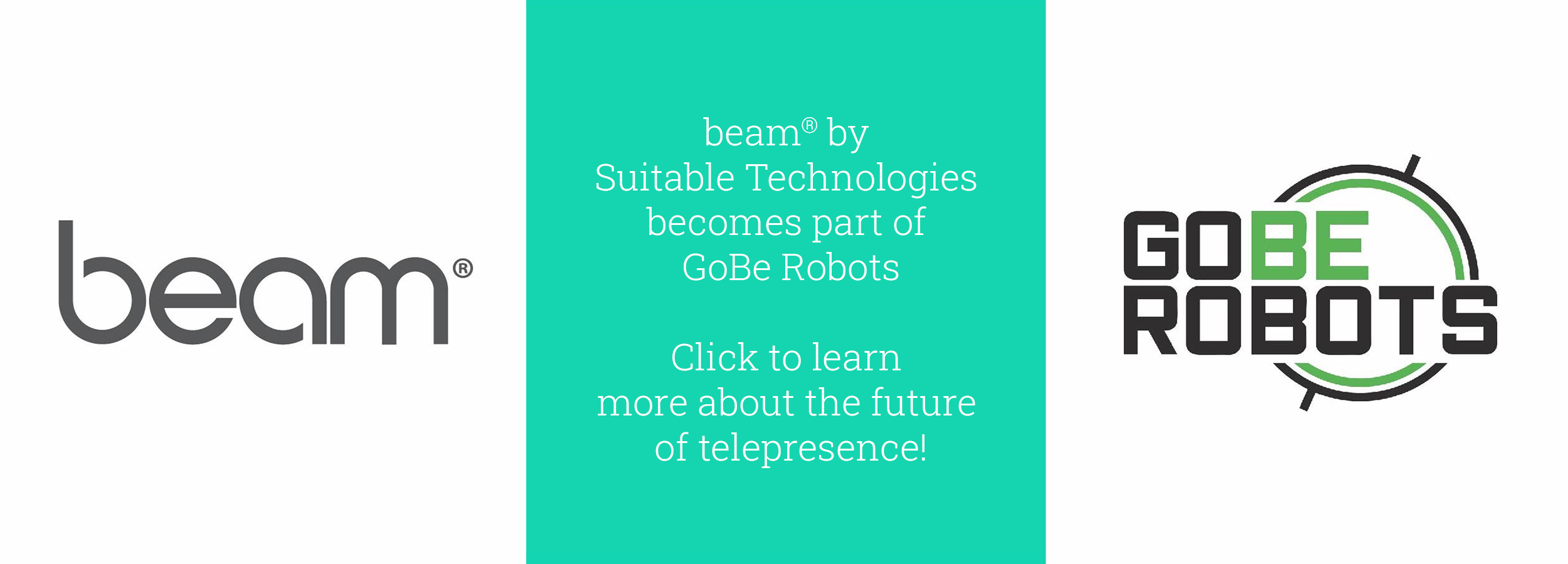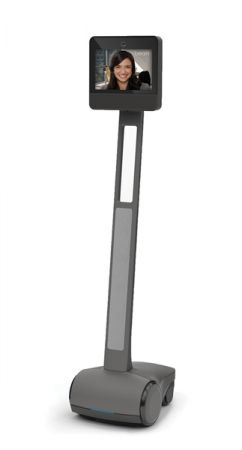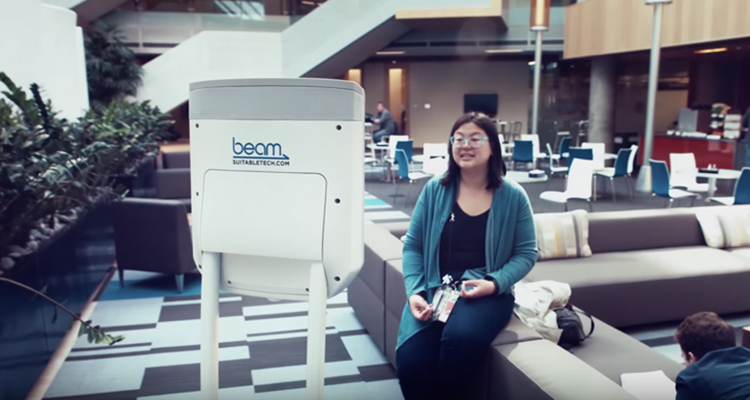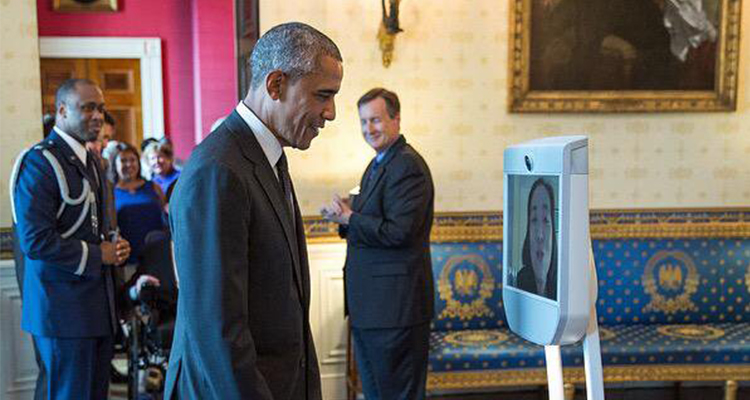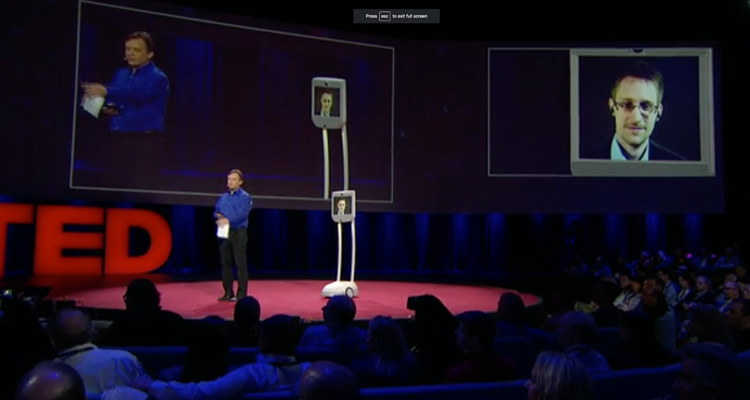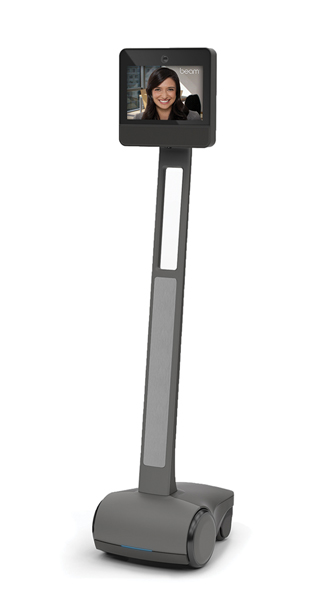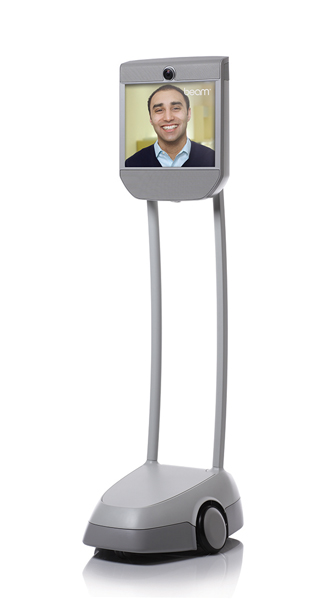Fall is upon us, and it’s back to school…although for approximately one in four students (28%), there’s no need to leave their houses. Getting to class is as simple as grabbing a computer or smart phone, and powering up.
Distance learning has been on the rise for several years now. As technology evolves, so do the opportunities to not just watch a lecture, but to actually show up and be a part of the classroom experience via Beams.
We’ve learned a lot from educators and institutions that use Beam to expand opportunities for educators and students alike. Here are merely a few inspirational stories to illustrate how being in two places at once adds up to improved outcomes, both educational and personal.
Distance learning by design
Michigan State University’s Design Studio is a leader in distance learning innovation. John Bell, who heads the Design Studio and is a professor in their doctoral program for educational psychology and technology students, has been the driver of the department’s shift to a hybrid program – where students attend classes both in-person and remotely – from a traditional on-site program.
Beam allows students to maintain the human connection, taking advantage of being present not just for class, but also for those important impromptu study sessions, one-on-one student interactions, and small-group meetings – a fact which Bell discusses in an article he wrote for EdTech Magazine and his colleague William Cain elaborated on for Edscoop.
The department’s own Christine Greenhow recently won an honorable mention in the AT&T-funded 2017 Faculty and Staff Award Competition in Instructional Technology for her work examining the experiences of hybrid students with auditory disabilities and their interpreters. Greenhow concluded that telepresence technology gives students with auditory challenges the same options and access as students without these disabilities.
For a look at how the Design Studio uses telepresence technology, check out this recent video:
Using Beam on principal
We’re getting used to seeing students use Beams for distance learning, and educators using them for field trips or to Beam in to teach when they’re off-site, but Chicago-area elementary school principal Faith Cole Beamed in to teach fifth-grade students an even more important message: that the future is already here – and people can do some really amazing things with code. (Telepresence technology is a tangible example of that!)
Telepresence field trips save the day
From dwindling school budgets to limited classroom time, educational field trips have been on the decline in recent years, particularly for lower income, Title I schools. San Diego’s Balboa Park Online Collaborative (BPOC) in conjunction with the San Diego Air and Space Museum (SDASM) launched an innovative program, “The Museum at Your Fingertips,” that “brought” students from underserved populations to tour the museum via Beam.
For bringing the museum experience to students and learners from schools that couldn’t otherwise visit SDASM, the BPOC and SDASM were recognized with a 2017 MUSE Award for Education and Outreach, and an award in the Education category at the 2017 Museums and the Web (MW) Conference. The BPOC is now looking to partner with other local museums to allow not only students, but also people with disabilities and other impediments (i.e. located too far away) to experience exhibits firsthand via Beam.
Homework help at your fingertips
For those parents who travel frequently for work and have young children that need help with homework, Beam makes it possible to be in two places at once. Cardiologist Claire Martin was able to take on a dream job in Bordeaux, France but still help her children in Cambridge, UK with reading, piano lessons, and other homework by Beaming in each evening.
Telepresence passes the most important test of all…
In a recent study conducted at the University of California, Irvine, researchers found that telepresence robots help homebound students, particularly those who are chronically ill, maintain a sense of normalcy by allowing them to attend classes “in person.” This socialization is the antidote to feeling isolated and depressed – which is crucial, as the negative impacts of ongoing illnesses can lead to students falling behind both academically and health-wise.
Lesson learned: telepresence technology gets an “A” for classroom participation. And, being able to study and socialize with peers and colleagues is an important contributor to and indicator of academic success.

